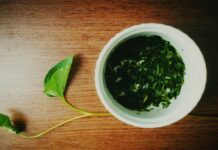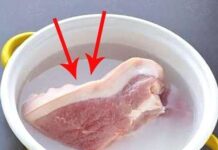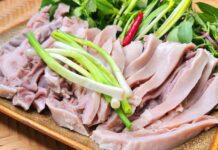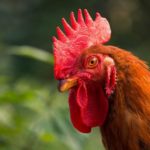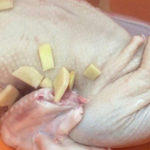During full moon days, deity festivals, ancestral worship, Tet holiday, inauguration ceremonies, and festivals, pig and chicken are two common offerings, especially chicken. On the occasion of offering to the Land Genie and the Kitchen God at the end of the year, there is also carp. Many people wonder why duck, goose, buffalo, and dog are not seen in the offerings (except for some dishes like fried beef or buffalo, when offering a meal there may be beef).
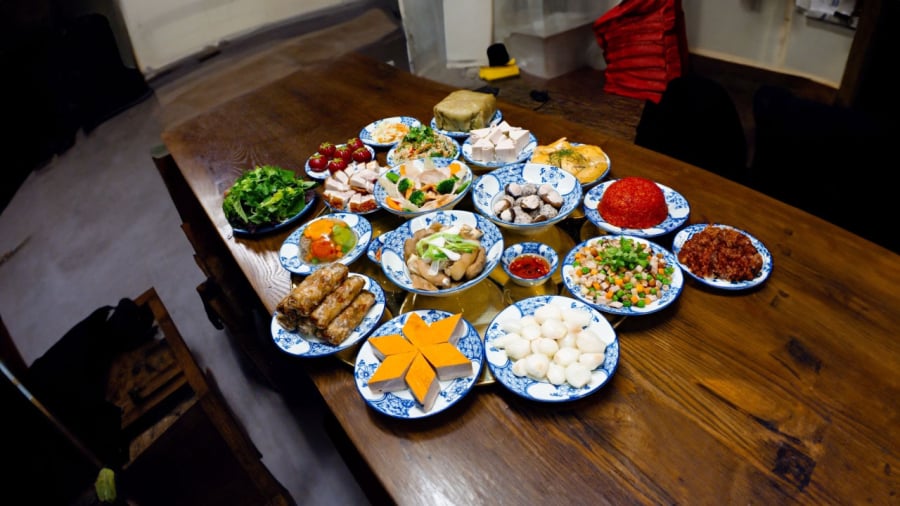
Why choose chicken and pig?
Many cultural researchers explain that in ancient tradition, Vietnamese people raised buffalo and cows as labor tools. The Ly and Tran dynasties as well as the Nguyen dynasty enacted laws banning the consumption of buffalo and cow meat. Moreover, buffalo and cows are large and valuable animals used for plowing and creating money, and they do not always have meat. The meat is only available when the buffalo and cows are exhausted from pulling or at the cooperative congress when the buffalo meat is given to the village people to eat.
Therefore, deep-rooted in the tradition of our ancestors is the offering of only chicken and pig meat. On the day of the Land Genie, carp is also important.
Perhaps because of this, deeply ingrained in the subconscious mind, the tradition of not having buffalo and cow meat on the offering tray was formed. Duck and goose are also not common foods.
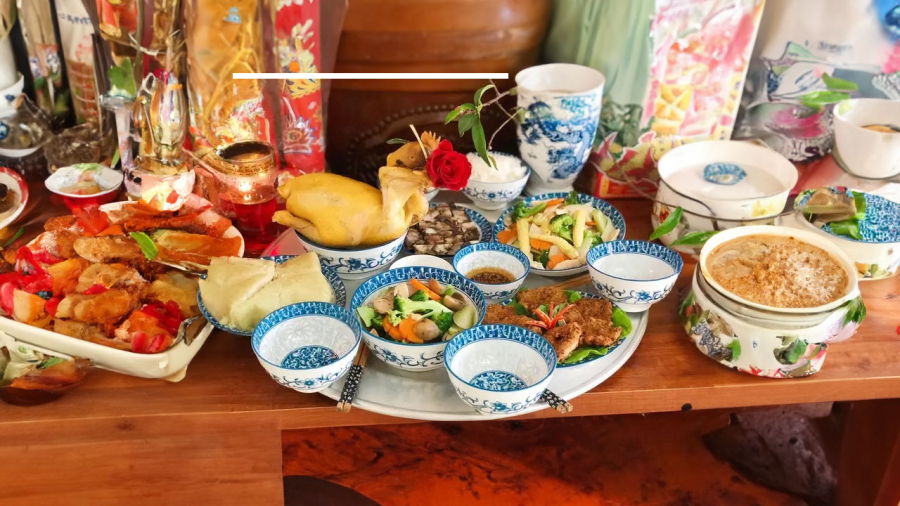
In addition, chicken and pig are closely associated with spiritual life. Chicken, especially roosters, symbolize the connection between humans and deities. Roosters announce the new day with their crowing, so they must be included in the New Year’s Eve worship rituals. Roosters represent good feng shui, embodying the characteristics of brave and virtuous men. On the other hand, duck and goose do not have this feng shui meaning like chicken, even though they belong to the same poultry family, so they are not emphasized in rituals. Duck and goose do not have the majestic meaning like chicken, so they cannot be offered as a dignified tribute because they cannot demonstrate the solemnity.
Pig is also a domesticated animal closely associated with Vietnamese cuisine. Pigs are often associated with a dish called roast pig, symbolizing wealth. Pigs give birth to large litters, symbolizing fertility, abundance, and good luck. Therefore, pigs appear in many rituals, such as boiled pork on full moon days, roasted pig in the ceremony of the Land Genie, or a whole pig or pig jaw at weddings, village meetings, inaugurations, groundbreakings, and baby’s full month celebrations.
Furthermore, chicken and pig meat do not have a heavy odor like duck, goose, buffalo, and dog meat, so they are more common and can be used to express grandeur when used in offerings. Offering chicken and pig to ancestors is considered a common and non-allergenic food. In contrast, some people may not eat duck, goose, buffalo, and dog meat, so it is not reasonable to offer them to the spirits and ancestors.
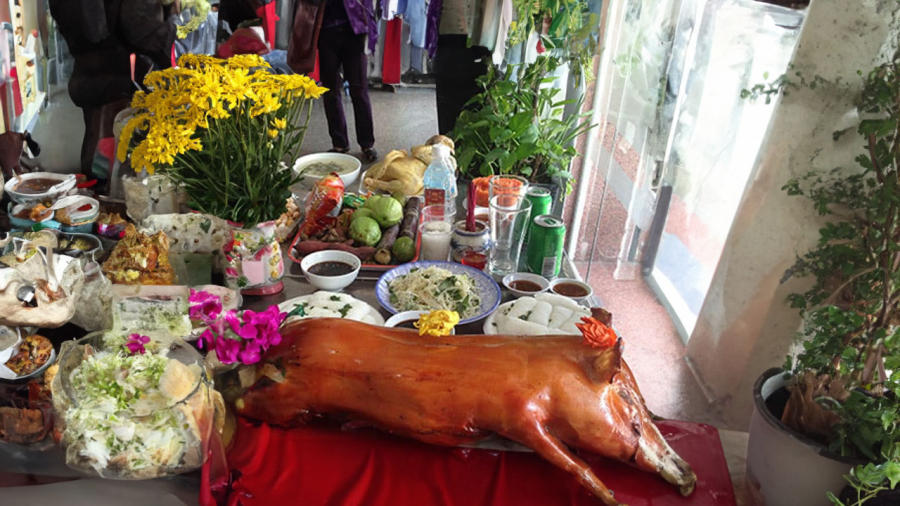
Because of these factors, the tradition of focusing on chicken and pig in the offerings exists, instead of using dog, buffalo, cow, duck, and goose.
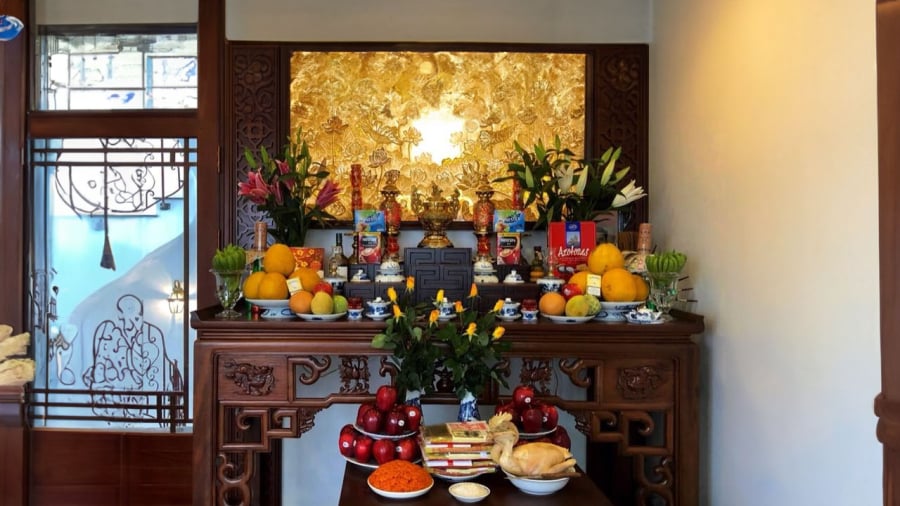
Can they be offered?
According to traditional beliefs, duck, goose, buffalo, cow, and dog do not have feng shui and spiritual symbolism, so they are not offered as sacred animals. However, if a tray of food offerings includes dishes made from beef, buffalo, duck, or goose placed on a plate, they are considered as food offerings for ancestors rather than sacred objects, so they do not affect spiritual and feng shui. However, dog meat is quite odorous and not everyone can eat it, so offering it in the offerings also requires caution.
It is best to keep the things that are within the tradition because these traditions are not contradictory to modernity. In cases where offerings are made with sincere hearts, there is nothing disrespectful.
This information is for reference purposes only.


